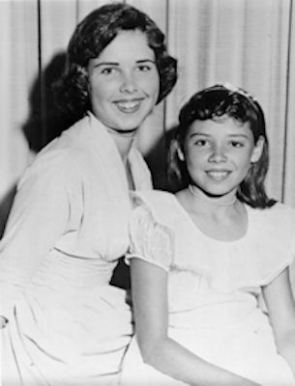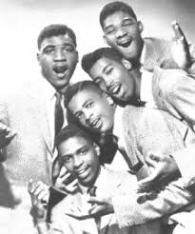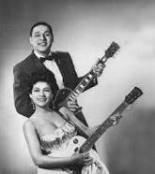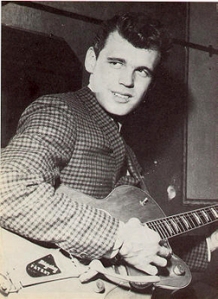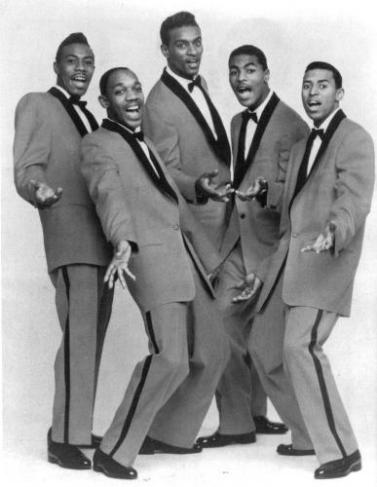 Much like some other doo wop groups of the fifties, the Five Satins are known for a song that epitomized the sound but didn’t make a huge hit on the charts. And yet, “In The Still Of The Night” continues to be played and loved today.
Much like some other doo wop groups of the fifties, the Five Satins are known for a song that epitomized the sound but didn’t make a huge hit on the charts. And yet, “In The Still Of The Night” continues to be played and loved today.
It all started in 1953 in New Haven, CT, where young high schooler Fred Parris formed a group called the Scarlets. By the time 1954 came around, the group had jelled with Parris, Al Denby, Ed Martin, Jim Freeman and pianist Jesse Murphy . They called themselves the Five Satins.
Within a year they had recorded a song that Parris had written in the basement of a local church entitled “In The Still Of The Night.” It was released in the Spring of 1956 on Standard Records but, as was often done by small labels in the fifties, the recording was leased out to Ember records shortly after. “In The Still Of The Night” debuted on the Cashbox chart at number 46 on August 25, 1956, and would spend nine weeks on the list, the highest spot being number 32 on September 22.
But before Fred Parris could enjoy the group’s success, Uncle Sam had called on him and he was drafted into the Army while radios across the country played his song. Sent to Japan, he didn’t return to the US until 1958, and a different lineup for the Five Satins.
“In The Still Of The Night” is a beautiful ballad which includes a combination of lead vocal by Parris with a soaring falsetto behind the chanting of the bass in the doo wop style.
While Parris was in Japan, Bill Baker joined the group and they scored one more fairly successful record, “To The Aisle.” Parris formed another group and the Five Satins went through various incarnations over the coming years. Despite a new awareness of “In The Still Of The Night” occasioned by promotion by Art Laboe in the early sixties, the Five Satins never scored a hit again.

